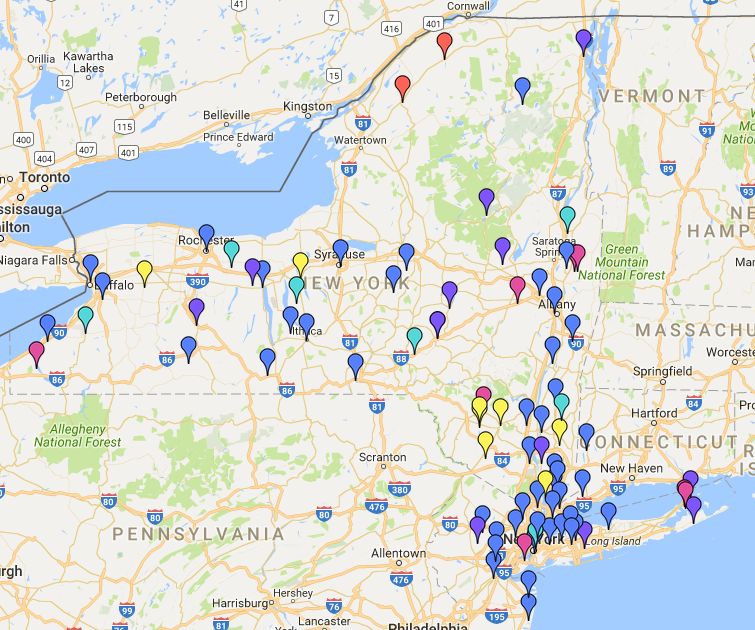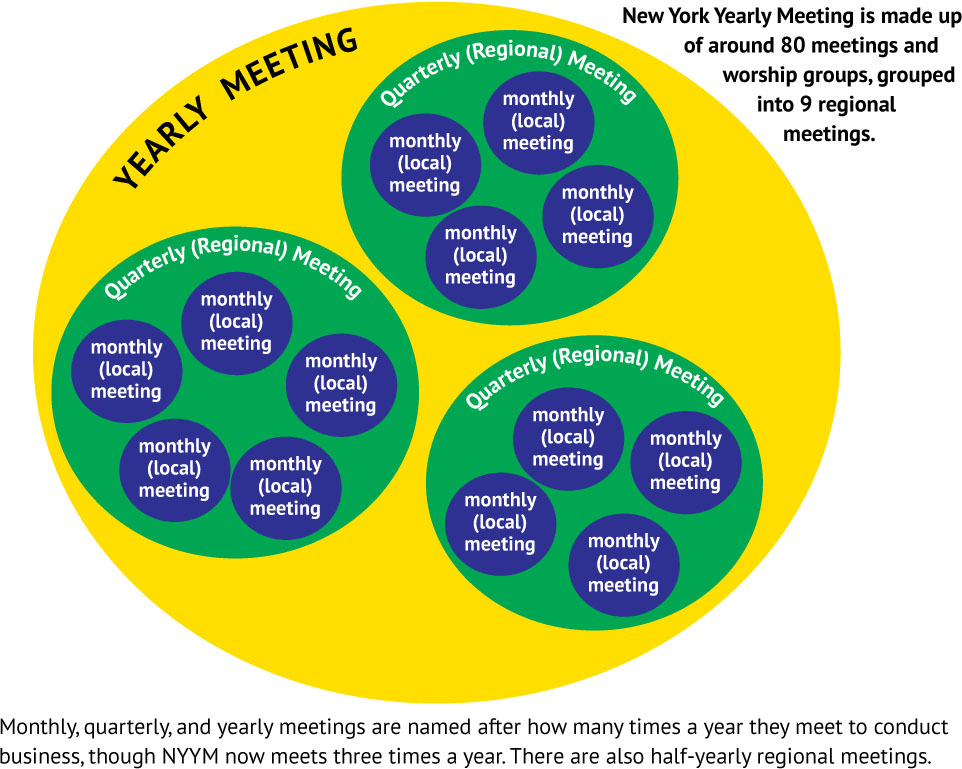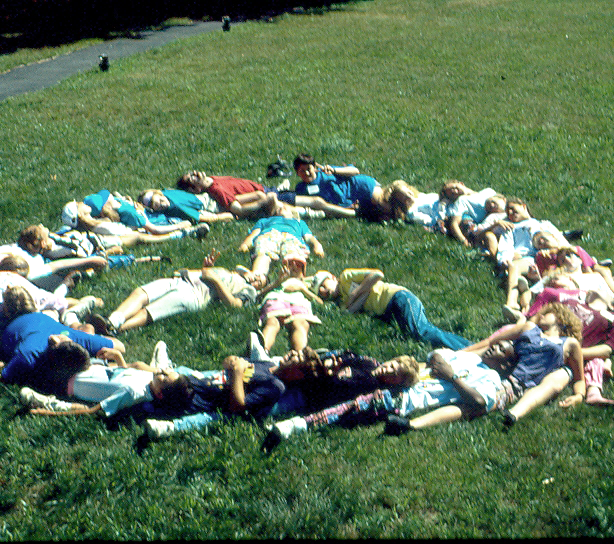Quaker Daisy Douglas Barr: Imperial Empress of the Women’s KKK
by Susan Weisfeld
Scarsdale Meeting
White supremacy, xenophobia, intimidating school officials, lies about political candidates…Those sound like a description of what goes on today, but American society in the early 1900’s had all of those as well. Fear of “the other” increased as immigrants poured into the country from Southern Europe. Catholics and Jews were suspected of wanting to take available jobs, as well as to control both the economy and school curriculum. Mormons, socialists, and labor unionists were considered threats to traditional American values. Blacks migrating to the north were feared on many levels. The pseudoscience of eugenics was accepted as basis for many xenophobic beliefs. Women throughout the country banded together demanding political rights, but also protection from alcoholic spouses and immoral practices which threatened domestic life.
Traditional Protestant religion was being displaced by evangelical formats, including a number of Quaker meetings within midwestern states. Uniquely to Quakers, women were readily accepted as ministers in these meetings.
A gifted Indiana Quaker minister, Daisy Douglas Barr, began to preach at evangelical revivals; this attracted many to join her current meeting in Muncie, especially women. She became a passionate advocate for temperance and set up a home for prostitutes. Her talents as a speaker resulted in her being solicited to speak throughout the state.
Soon Barr became the most famous woman evangelist in Indiana. A special tabernacle was built for her where hundreds came to listen, including the press. She used her popularity to help elect “dry” candidates who, when they won, allowed her to influence them while in office. The Indiana Republican Committee appointed her as its first female vice-chair.
During this time, inspired by the film “Birth of A Nation,” the Ku Klux Klan was revived by William Simmons. Its ideology for racial and religious purity, as well as appealing to those desperate for temperance, morality, and stable family life, made it popular among many middle class mostly small-town “respectable” Protestant Americans, including Quakers. Local KKK chapters sponsored community events, donated to Protestant charities and even built hospitals for Protestant patients. Intimidation practices were common but often overlooked by those anxious to belong.
Thanks to excellent marketing practices, many felt joining the Klan was patriotic. The efforts of a dynamic organizer, D.C. Stephenson, resulted in Indiana having the largest Klan membership in the country. Some weeks up to 2,000 people would join for a membership fee of $10. Protestant ministers were given free membership.
Although the Klan was limited to men, D. C. Stephenson, then Indiana KKK Grand Dragon, asked Daisy Barr to organize a women’s auxiliary, called Queens of the Golden Mask, which she did and served as its “Imperial Empress” while still serving as pastor of her Quaker meeting. She preached widely throughout the state, attracting women who were related in some way to current Klan members.
As women began to exercise their political power, women who had no Klan familial affiliation wanted to join. Barr’s current organization became the Women of the KKK, with her as leader in Indiana. The WKKK copied the regalia and political stances of the KKK, but uniquely used their newly acquired political power to call for supremacy of white native-born Protestant “Americans” to protect women and children, what they called “pure womanhood.”
There was much opposition to the Klan nationwide and a notable opponent in Indiana was the editor of the Muncie Post-Democrat who called Barr “Little Eva” and “She-Klucker.”
New WKKK recruits paid a portion of their membership to Daisy, as well as purchasing robes and hoods from her. This money should have gone to the Klan, but after years of doing this, it was discovered that Daisy was keeping a significant portion. This was her downfall and she was forced to resign from the Klan.
When her active affiliation with the Klan became known, she also had to resign from her Republican political post. She was not sanctioned by her Quaker meeting, but her preaching ceased outside the meeting.
Quakers in Indiana interviewed in the late 20th century recall seeing Klan sheets hung in their relatives’ homes when visiting. Older Quakers and others who had been Klan members insisted that their membership had more to do with social life and reinforcing morality, rather than hate and prejudice. The combination of empowered feminism and xenophobia can easily be repeated. As an historian of that era, William Pinar, stated: “...those of us committed to a more just and egalitarian society [must] acknowledge the apparent ease with which racism and bigotry appealed and still appeal to mainstream American citizens.”





